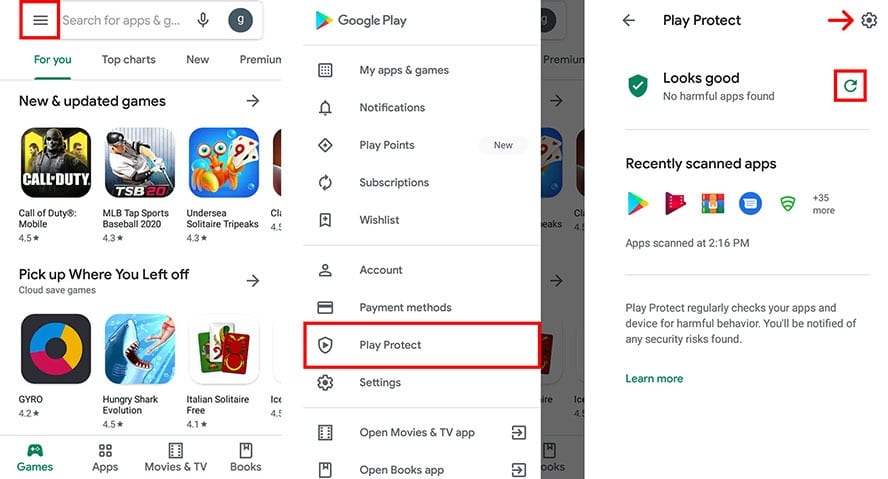
- #How to get malware off my android how to#
- #How to get malware off my android install#
- #How to get malware off my android full#
- #How to get malware off my android android#
- #How to get malware off my android software#
Use strong, complicated passwords or a password manager.Avoid clicking on suspicious or unfamiliar links in emails and text messages.
#How to get malware off my android install#
Only download or install apps from the Galaxy Store and the Google Play Store.Avoid being bombarded with malicious Ads by downloading an Ad Blocker.Ensure the embedded security features on your Galaxy device are activated at all times.
#How to get malware off my android software#
Always keep your operating system and apps up-to-date with the latest software and security updates.
#How to get malware off my android android#
These pop-ups will usually turn up while you are browsing the Internet and signs that they are not genuine include continual buzzing, bright flashing lights or garish text.Īlthough malware and viruses are very rare on Android Galaxy phones, for the highest level of protection we recommend taking the following extra precautions to protect your phone: These can be malware or phishing attempts, but they can also be trying to persuade you to download an app or visit their website.

#How to get malware off my android how to#

"These schemes can appear quite convincing and may play on fears or emotions that cause users to let down their guard," they added. "If the Android ecosystem has shown us anything this summer, it is that the Android landscape is rife with clever social engineering, outright fraud, and malicious software all designed to deceive and steal mobile users' money and other sensitive information," said Proofpoint researchers in a blog post. The two forms of malware are unlikely to come from the same cyber-criminal group, but the success and potency of both demonstrates how SMS has become an attractive means of spreading campaigns.

FluBot often spreads via text messages claiming the victim has missed a delivery and, like TangleBot, tricks users into downloading malware that allows cyber criminals to steal sensitive information. SMS messages have become a common vector for spreading malware with FluBot malware being particularly prominent in recent months.
SEE: Don't want to get hacked? Then avoid these three 'exceptionally dangerous' cybersecurity mistakes The malware can also monitor data on the phone including messages and stored files, as well as monitoring the GPS location, allowing what researchers describe as a "full range of surveillance and collection capabilities".
#How to get malware off my android full#
TangleBot provides the attackers with full control over the infected Android device, allowing them to monitor and record all user activity, including knowing websites visited, stealing usernames and passwords using a keylogger, while also allowing the attackers to record audio and video using the microphone and camera. Adobe stopped supporting Flash in December 2020 and it hasn't been supported on mobile devices since 2012, but many users probably won't know this.Ĭlicking the link leads victims through a series of nine dialogue boxes requesting acceptance of the permissions and installation from unknown sources that, if accepted, provide cyber attackers with the ability to setup and configure the malware. If they do, they're told that in order to view the content on the website they're looking for, Adobe Flash Player needs to be updated. In each case, the potential victim is encouraged to follow a link referencing the subject of the lure for more information. SEE: A winning strategy for cybersecurity (ZDNet special report) The campaign has been detailed by cybersecurity researchers at Proofpoint who note that while the initial lures came in the form of SMS messages masquerading as information about Covid-19 vaccination appointments and regulations, more recent efforts have falsely claimed local power outages are about to occur.


 0 kommentar(er)
0 kommentar(er)
